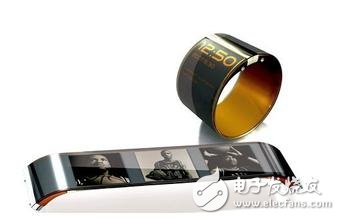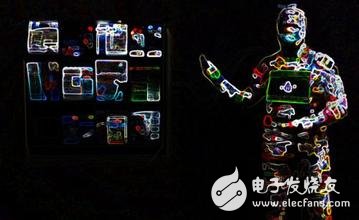Although wearables have set off a wave of hype, the industry is still in its infancy, and there is still much to be explored and tapped. For wearable device manufacturers, there are six factors to consider in order to create a successful market-leading product: 1) How to make an impact without being too subversive? Wearables need to change behavior and improve outcomes in order to succeed, but they can't cause too much damage to the user's lifestyle. Take health and fitness wristbands as an example. If these things don't help the user become more active, they won't bring much value. On the other hand, if they interfere too much with the user's daily behavior (various notification mechanisms), the user may feel uncomfortable and refuse to reuse the device. Achieving user behavior and lifestyle in a smooth and subtle way is the key to success. 2) Is wearable to be fashionable or intangible? If you look at the practices of market leaders, you will find that they are betting on the former. Fitbit and ToryBurch collaborate to design the next generation of wearable devices. Apple may also begin to transform from a combination of technology and humanity to a combination of technology and fashion. It hired former CEOs of YSL and Burberry to develop their own wearable devices. Google designed it with DianeVonFurstenberg. New GoogleGlass frame. On the other hand, there are a number of companies working on developing invisible sensors. At present, we are still in the very early stage of the wearable device era; which design idea is correct only for time and more user case data to prove. 3) Where is the wearable device best worn in the human body? The wrist is by far the best position. According to BIResearsh's prediction, 70% of wearable devices in the next five years should be smart wrist wearable devices. Examples include health and fitness wristbands Fitbit, Jawbone, Sony SmartBand, and smart watches Pebble, Basis, Moto360, LGGwatch, and Samsung Gear. But many wearable device manufacturers are still struggling to find better placement of devices on the human body and even in the human body. Some people think that the waist is a better place, some people think that the ear is better, or implanted in the skin can provide more accurate information. Some suggest that the finger may be the best position, especially for gesture-control wearable devices (such as Nod). In order to find out, many manufacturers are making various attempts. 4) How to solve the battery problem? Many users think that charging once a week is a mental burden, and it is regarded as a life-threatening damage to the day, which is one of the main reasons for them to give up such equipment. Therefore, it is important to make the charging process as smooth as possible. According to Credit Suisse's analysis, battery constraints can lead to more computationally intensive activities on smartphones rather than wearables. According to a HIS-based report, lithium polymer batteries will account for 73% of the wearable device battery. This is because lithium polymer batteries are lighter and have a wider range of morphological dimensions than conventional lithium batteries. 5) What do you think about privacy? Different people have different views on privacy. Many people think that there is no privacy in the modern era. Entrepreneurs like LarryPage want to disclose health data. Others worry that privacy can be a nightmare in the world of wearable and connected devices. With the recent relaxation of regulatory policies for tracking devices and health applications, entrepreneurs in this field are excited about future opportunities. However, privacy advocates are diametrically opposed. They worry that consumers are not aware of the scale of the data they are collecting. With the increase in IoT devices, companies will be well aware of the consumer's personal life, activities and behaviors, thus having an unfair competitive advantage for consumers. As a wearable manufacturer you can take the following steps to win the trust of the user: · Find your company's privacy beliefs · Security and privacy rules are transparent · Clear strategy for connecting and sharing data with other applications and products · Ensure that the technology architecture fulfills your commitment to security and privacy controls · Responsible for your own terms of service and privacy policy 6) Determine the distribution channel strategy At this year's CES show, a total of 250 manufacturers brought their own products. But the number of wearables companies will continue to grow as more and more entrepreneurs see opportunities in this area. The key question is which brand and product will live longer and eventually become the public choice. The distribution channel is one of the major battles of this war. For small players, the following factors will make it harder to fight: · Apple and Google’s existing distribution channels are already very broad · Large companies have ready-made loyal customer base · A group of determined developers will only develop iOS or Android apps · The possibility that wearables will become an adjunct to mobile products over time, so that Android may have an advantage because it has 1.1 billion mobile phones Wearables must look at these issues and solve them as early as possible with a strategic eye, so that your company and products can stand out in this very crowded and competitive market.
AA/AAA battery is 1.5V lithium battery with high capcacity, the cycle life is more than 1000 times, 1-2 hours can be fully charged. USB charging, one set with the battery box can be a charger.
AA/AAA Rechargeable Lithium Battery Best Rechargeable Batteries,Rechargeable AA Battery Cell,Rechargeable Lithium AA Batteries,AA/AAA Rechargeable Lithium Battery,Environmentally Friendly AA/AAA,1.5v Battery Backup Shenzhen Enershare Technology Co.,Ltd , https://www.enersharepower.com
